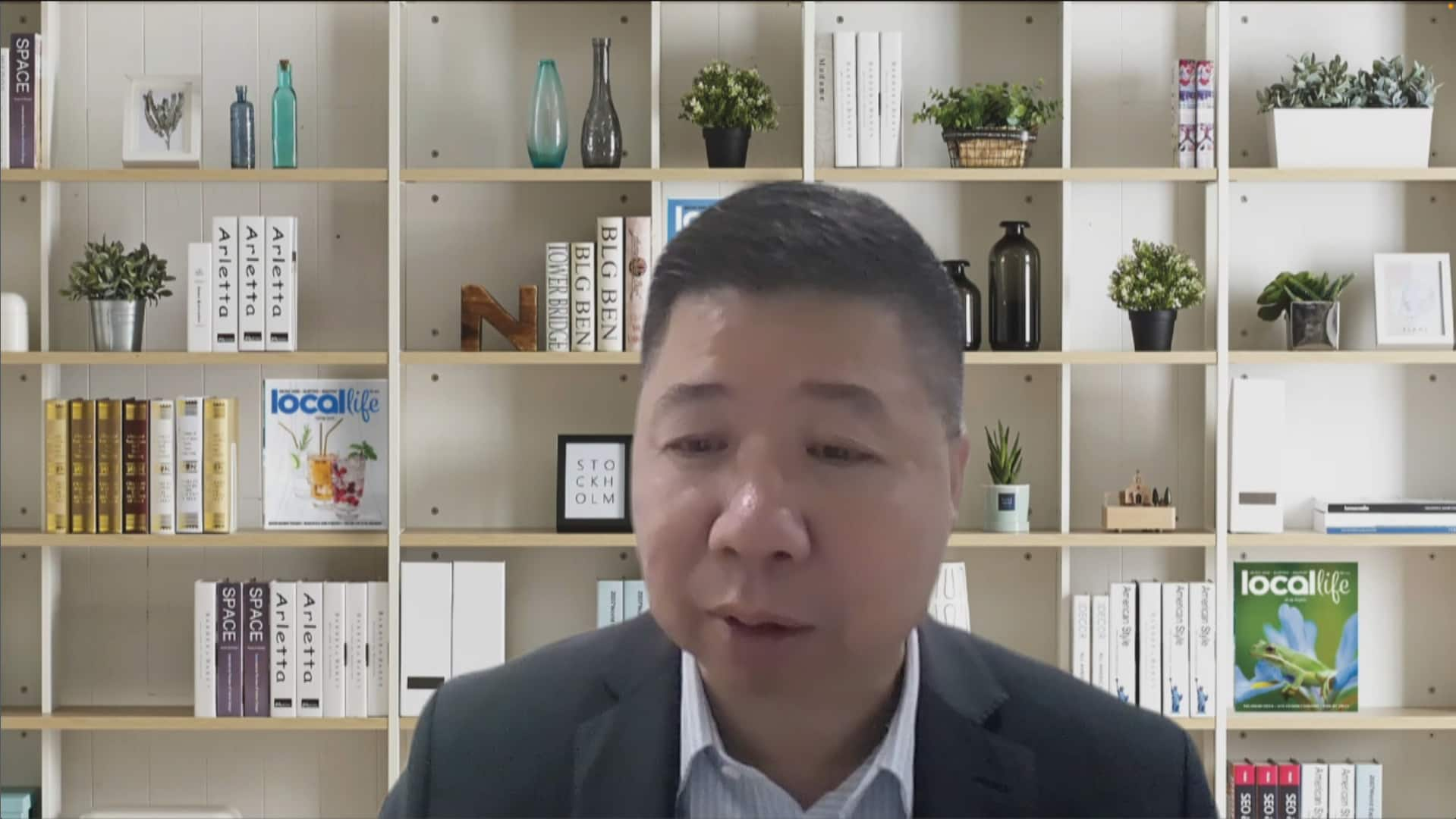Critics say move risks perpetuating a '2-tier' immigration system

Canada hopes to encourage more tech workers to visit and work in the country. But in its effort to do so, critics of the plan have concerns that the rights of other migrant workers will get lost in the process.
In an announcement last week, Immigration Minister Sean Fraser said the federal government is exploring a list of potential policies to encourage high-earning tech workers to tour the country and boost its tech sector, such as a renewed digital nomad scheme and dedicated open work permits.
While the initiative could help to bring in thousands of new workers to fill labour shortages and spur innovation, experts say the government risks perpetuating an inequitable immigration system that gives more mobility and freedom to some workers over others.
"If it's possible to create open work authorization for the tech industry to allow flexibility for labour mobility … that same [principle] must be extended to all migrants," said Syed Hussan, executive director of advocacy group Migrant Workers Alliance for Change who's based in Toronto.
"Why is it that certain groups of people have more rights … and others don't?"
Hussan and others who work in the field say open work permits and flexible work schemes given to tech workers should be made more available to all types of migrant workers — particularly those in industries experiencing their own shortages, such as agriculture, personal care and health care.
People in these industries — many from countries in the developing world who earn low wages — are typically given restricted visas that limit their stay in Canada based on their work with an employer, make it difficult to qualify for health-care coverage and restrict their ability to speak out against labour abuse over fear of losing their permits, he said.
"Canada needs to have the ability for workers in any different wage category to be able to come here with the same rights — and that's the fundamental issue," Hussan said.
According to Statistics Canada's latest data, the industries grappling with the highest job vacancy rates include agriculture, forestry, fishing and hunting; health care and social assistance; and accommodation and food services. Ottawa recently launched a separate temporary foreign worker program targeting immigrants working in these industries, among others.
Divide between richer and poorer workers
Canada started prioritizing more highly skilled tech workers sometime in the 1990s due to the internet boom, said Valerie Ann Preston, a professor in the faculty of environmental and urban change at York University in Toronto.
She said this marked the start of extended perks given to highly skilled workers on temporary permits, such as not being tied to single employers, allowing their spouses to work upon immigrating to Canada and providing easier access to permanent residency.
"What's interesting to me is that we maintained the privileged position of high-tech workers," Preston said.
Many of these tech workers disproportionately come from richer, more developed regions of the world, Preston said. They include North America, Europe, Australia, New Zealand, Japan and South Korea. Meanwhile, other migrant workers often given more limited working visas disproportionately come from Africa, the Caribbean, Central and South America, and parts of Asia.
They're often highly skilled in industries from their home country but have a hard time transferring those skills to the Canadian market, which can be due to limitations in their work permits, so they end up making a "trade-off" by working in in-demand industries, Preston said.
"They may come with lots of skills and lots of experience, but they're going into jobs that don't offer pathways for career advancement … they're going into jobs that are not well paid."
How to correct the '2-tier' system
John Shields, a professor in politics and public administration at Toronto Metropolitan University, said the government's move toward enticing tech workers fits with its broader plan of using immigration as a way to address labour shortages — spurred by an aging population and a skills gap across the board.
But Canada risks encoding inequity into immigration law if it continues to give more leeway to those at the "so-called top" of the labour market without adjusting its acceptance criteria for those in different but equally important industries, he said.

Foreign workers trained for in-demand jobs like nursing are working in N.L. fish plants
Some temporary foreign workers arriving in Newfoundland to work in fish plants are certified nurses and early childhood educators — which the province desperately needs more of. Memorial University economics professor Tony Fang talks about skill mismatch.
"There is a bit of a two-tier system here where for those lower-skilled jobs, you see a lot of the emphasis on the immigration program on temporary migration, where people actually have a hard time being able to qualify for permanence," Shields said.
"And yet … those areas are often in very high demand, and they're not things that Canadian-born workers or immigrants who've been here for a longer period of time want to do."
When asked if the government would consider expanding open permits to other migrant workers, Immigration, Refugees and Citizenship Canada said while employer-specific work permits "protect" the Canadian labour market, it understands "the need for flexibility in this space."
"Which is why since 2019, we have allowed foreign nationals with an employer-specific work permit to apply for an open work permit if they are facing abuse or are at risk of abuse in their workplace," spokesperson Sofica Lukianenko said in an email statement, adding that people can also apply for new work permits and change employers quickly if they have another job offer.
But for Hussan, the government needs to shift toward an immigration system that gives all workers permanent residency upon arrival, forgoing a multiple-tiered system altogether. For Shields, increasing pathways to permanent residency for all workers is a start.
"We need to fill those gaps all through the labour market, and that includes in some of these other areas which actually should be also better recognized and more highly paid, too," Shields said.
ABOUT THE AUTHOR
Reporter
Vanessa Balintec is a reporter for CBC Toronto who likes writing stories about labour, equity and community. She previously worked for stations in New Brunswick and Kitchener-Waterloo. You can reach her at vanessa.balintec@cbc.ca and on Twitter at @vanessabalintec.
*****
Credit belongs to : www.cbc.ca
 MaharlikaNews | Canada Leading Online Filipino Newspaper Portal The No. 1 most engaged information website for Filipino – Canadian in Canada. MaharlikaNews.com received almost a quarter a million visitors in 2020.
MaharlikaNews | Canada Leading Online Filipino Newspaper Portal The No. 1 most engaged information website for Filipino – Canadian in Canada. MaharlikaNews.com received almost a quarter a million visitors in 2020.







